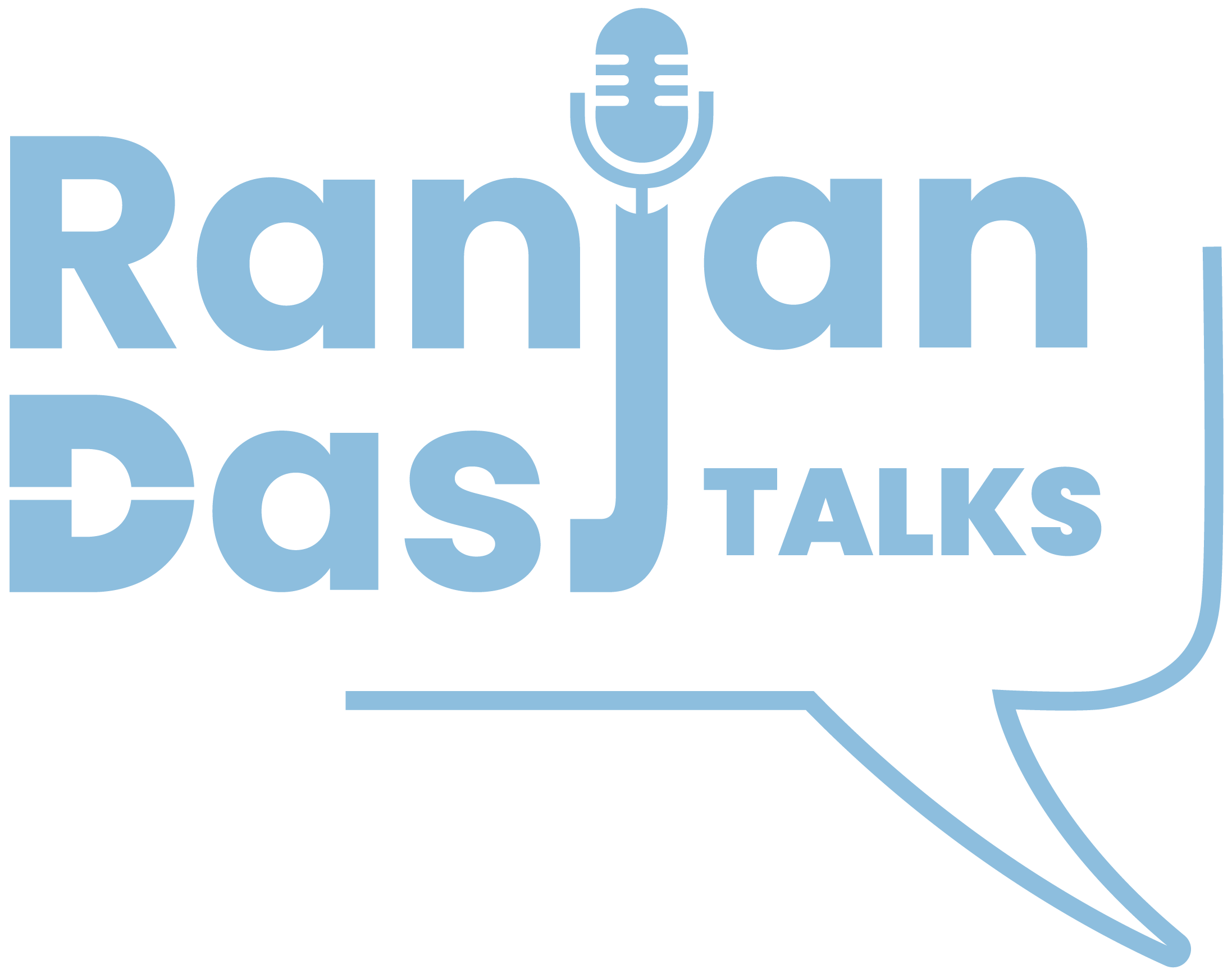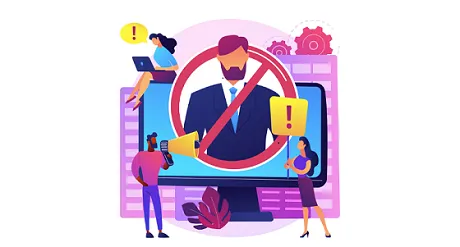
Blog
The Power Of Boycott On Brand & Marketing
In the interest of Marketing, let’s get to know some of the most intriguing recent Boycotts, their types, unexpected boycotting parties, brands, and how they can through their Boycott crisis.

Ranjan Das
· Posted: 2022-09-01
Posted: 2022-09-01

Boycotts have a long and storied history. From the famous Montgomery bus boycott of 1955 to the recent #boycottLalSinghChaddha campaign, boycotts are often used as a nonviolent way to make a statement about an issue.
In the interest of Marketing, let’s get to know some of the most intriguing recent Boycotts, their types, unexpected boycotting parties, brands, and how they can through their Boycott crisis.
Consumers boycott a brand when brands do wrong ‘marketing’ or stretch their creative liberty too far. During COVID-19, Kent RO’s “Do you let your maid knead atta dough by hand? Her hands may be infected”, backfired. Consumers found it rather classist, misogynist and discriminatory towards house helps and called for a Boycott. Fabindia was accused of “defacing” the Hindu festival of Diwali terming it Jashn-e-Riwaaz, pushing Muslim ideologies unnecessarily during a Hindu festival. A same-gender couple celebrating the Hindu festival Karwa Chauth in a Dabur Ad was withdrawn too. Zomato’s Hrithik Roshan Ad was also recently withdrawn after priests protested. Tanishq’s release of a video Ad celebrating interfaith harmony was viciously trolled on social media for allegedly promoting ‘love jihad’. All of this could have been avoided if the marketers had read the consumer sentiments well at the time of strategising and planning their campaigns.
However many times Brands can’t even anticipate a boycott and backlash as they are doing well but someone from the international arm does something unfriendly. Hyundai faced backlash in India over Pakistan arm’s Kashmir posts. Many times a Boycott misses the aim like what happened in the case of #DumpRussianVodka, which was initiated in protest against anti-LGBT laws by Vladimir Putin Govt in 2013, and prompted people at gay bars to boycott Absolut and Soda instead, which are not Russian products. The same is seen even now post Russia’s war against Ukraine, where many calls banning Russian products are for Products which aren’t even Russian!
It’s not always consumers who boycott, it can be your trade partners too. In January 2022 Distributors in Maharashtra state stopped supplying Hindustan Unilever’s Kissan range of ketchup and sauces and threatened to expand the boycott to personal-care products and detergents. Colgate with the similar embargo on the Max Fresh line of toothpaste was warned by an association of traders that its products may vanish from retail outlets in Maharashtra by February 2022, threatening to extend to other states as well.
Consumer behaviour on a boycott interestingly is cost and need-sensitive. The ‘Boycott China’ call in India saw a few cheap Chinese phones and TVs get smashed up in street protests but the ‘boycott Tanishq’ campaign didn’t get anyone to chuck their Tanishq jewellery. Even after the ban of 224 Chinese Apps by the Indian Government, many Indians use various methods to install and run their favourite Chinese Apps like TikTok, Shareit, WeChat, Helo, Likee, etc.
Boycott and bans have a serious impact on the bottom line of the business. Facebook donated hundreds of millions of dollars in the wake of the “Black lives matter” campaign but is still facing an exodus of advertisers including heavyweights like Coke, Unilever, Conagra, Ford, HP and Adidas. According to global reports, 53 per cent of consumers believe brands can do more to solve social problems than governments and interestingly, almost two-thirds or 64 per cent of consumers worldwide now purchase from or boycott a brand due to its stand on social or political issues.
Brands can steer themselves out of a boycott or a ban in many imaginative ways to minimise their losses. In 2015, when FSASI banned Maggi sitting it was dangerous and unfit for human consumption. Nearly 38,000 tonnes of Maggi Noodles were recalled and destroyed from across the country, bringing down Maggi’s market share from 77 per cent to zero. The brand leveraged its strong demand and emotional connection with its consumers, and kept advertising and publishing emotional moment appropriate communication, keeping the demand and craving for Maggi alive. Once the ban was lifted, testing the water, Maggi launched its welcome kits and Snapdeal alone sold 60,000 Maggi kits in just 5 minutes. This was just an indicator as, by June 2016, Maggi climbed back to a 57 per cent market share and soon to the pre-crisis level, staging a remarkable comeback. Cadbury’s 2013 ‘Worm crisis’ made them start a ‘Vishwas campaign’, engaging 190000 retailers, investing 15 crores in new imported machinery and revamping their packaging. They pulled down advertising for a few months to re-strategise, and sign up superstar Amitabh Bachchan to do some heavy-duty endorsement, putting his equity on the line for the brand to put the brand back on the road to recovery.
During a boycott, a brand can use suitable media and interactive platforms for communicating with customers, keeping track of what products consumers are talking about so they can develop new strategies based on those conversations. ‘Woke Advertising’ comes in handy during Boycott, aligning the consumer with the brand’s purpose, values, messaging, and practice. This determines and builds a holistic system to create authenticity and this dodge the boycott. Many brands changed their Logo colours when a mass rally happened for LGBTQ to “Rainbow” and Fair & Lovely changed its name to Glow & Lovely.
Interestingly, not all boycotts are detrimental, rather they become a stepping stone to success. Consider the big hit films PK earning 854 Crore, My Name Is Khan earning 223 Crore and Padmavat earning 570 Crore, all three sparked outrages for various reasons, with many calling for boycotts, while #boycottlalsinghchaddha sank the film without a trace. In some cases, a Boycott of some other product can be a good start to your brand and product. PETA promotes Veganism indirectly by calling for boycotts of animal products.
Recently, Boycotts have developed new dimensions of damage they do to your brand. Handle them with caution.
*The author is Ranjan Das, MD, Apppl Combine
Marketing is everything, products are
woven around it.